So I have been working on my graphics homework and I have finished doing perspective projection, but then today I just read online something about perspective correction. Can someone explain to me what exactly this is and when is it applied? I have seen a couple of scholar articles, but they were so complex and complicated that I couldn't understand what was happening.
I commonly see articles mention 1/z and something about interpolating it but I am confused about that. So far, I have been simply using barycentric coordinates to interpolate my z coordinates.

